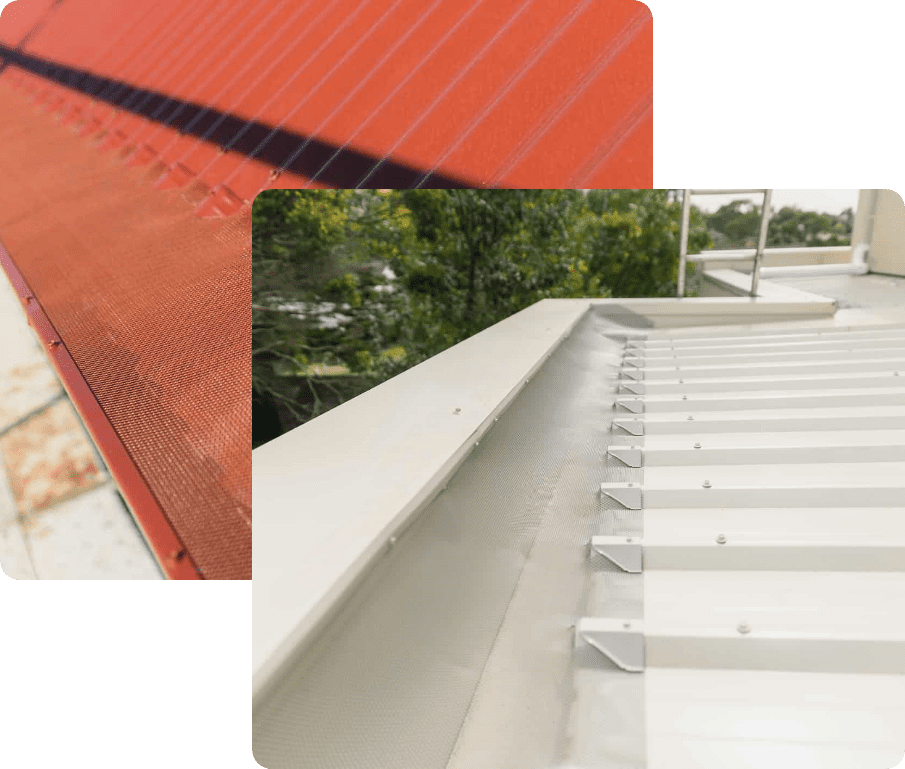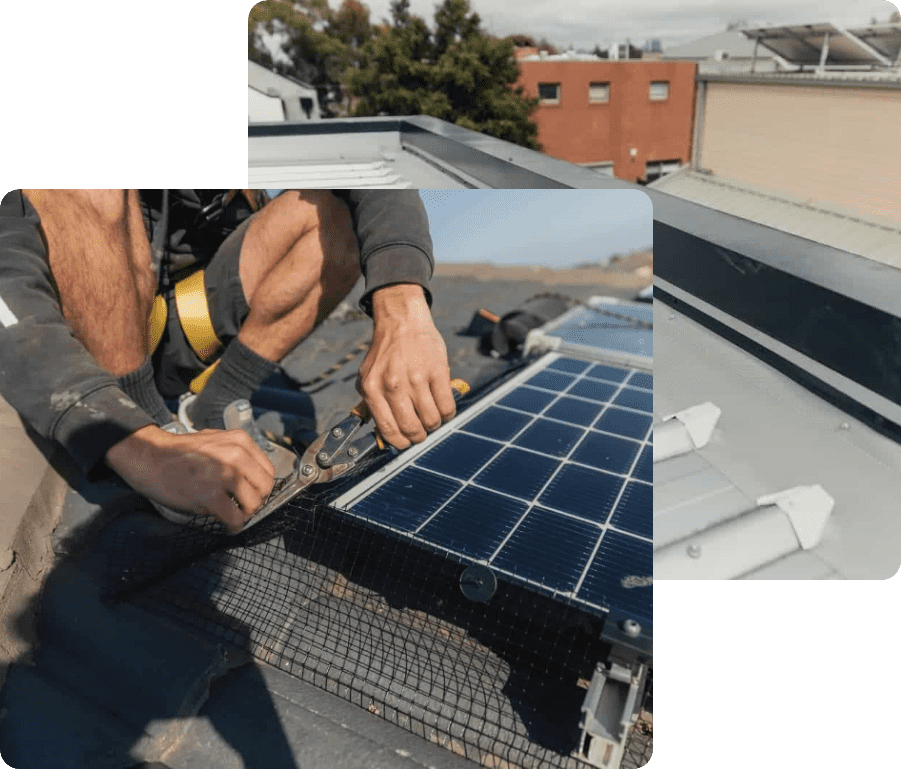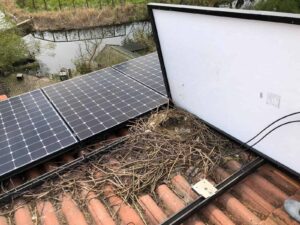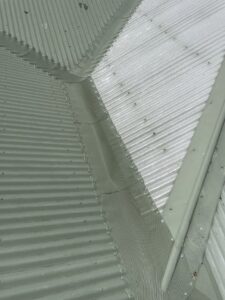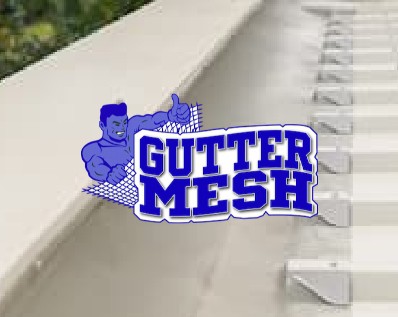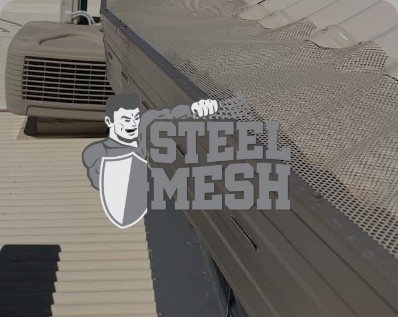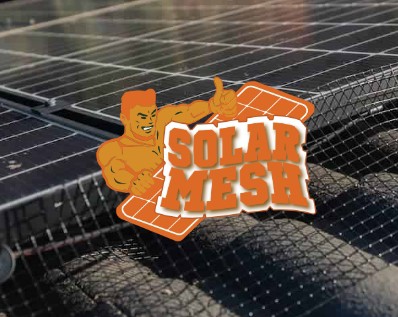When specifying gutter guard or ember guard for a project it is important to make sure your vision is translated by your building contractor into the final product. Like any material choice, a broad specification can result in corners being cut and often the cheapest material chosen over desired outcomes. Many property designs and builds are compromised due to these misguided choices: gutter guard is no exception.
The first important consideration is the material you would like to use. There are 3 main materials used in gutter guard; aluminium, steel and poly. They all have advantages and disadvantages:
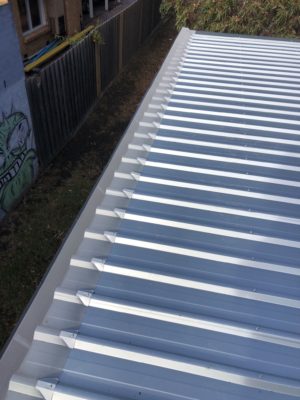
- The most common is Aluminium as it is corrosion resistant strong and mailable enough to conform to the roof. However, aluminium can not be used in buildings with a BAL-40 and a BAL-FZ rating.
- Steel is the material of choice for BAL-40 and BAL-FZ homes. However, it is a brittle material and often the aesthetic is less pleasing as it is a thinner wire strand.
- Poly is a great material choice for coastal areas where saltwater corrosion might be an issue. It can also be a great choice for galvanised roofs where other metals will chemically react.
The next thing to keep in mind is the mesh thickness. Aluminium, steel and poly mesh all come in different thicknesses:
- For Aluminium the standard thickness will be approximately 0.4mm whereby a premium mesh is 0.7mm thickness. A thicker mesh will provide increase strength and rigidity especially across wider box gutters and can be more aesthetically pleasing but will come with an increased cost. The figures are not always a great way of judging a gutter guard and we always advise requesting samples before making a decision as most companies are more than happy to provide some free material samples to architects.
- Steel mesh similarly have standard and premium lines which are offered by many suppliers. Steel mesh varies immensely in quality and strength depending on the steel type used and just as importantly the powder coating that has been used on the mesh. We would advise testing samples if you are building in a BAL-40 or FZ area to ensure you get a product you are happy with.
- Poly mesh also is no different with varied thicknesses available. With a poly mesh our advice would always be to go for the premium option. Standard thickness poly mesh normally comes with a 10 year warranty which is much shorter than a lot of the other mesh options. And much of the mesh on the market is poor quality, so again we would advise getting samples first.
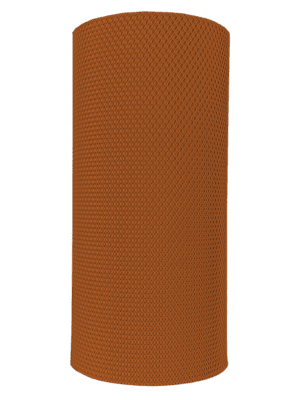
The next consideration is colours. Gutter guard comes in a huge range of colour to match almost every roof colour and all manufacturers will be able to mix and match colours together. We advise matching your mesh and roof fitting’s colours to your roof colour and the gutter trim colour matches the gutters themselves. Small details such as colour matched screws can make a huge difference to the final look so make sure to ensure that matching fitting are included.
The final consideration is whether you need an Ember Guard or a Gutter Guard.
The main differences are the hole aperture, on an ember guard the hole must be less than 2mm; and also, all ember guards must be a metal material. Ember guard is also used outside bushfire areas for pine or jacinda tress that shed lots of fine debris. With ember guard the installation is critical to ensure that the water does not sheet off the roof. So it is important to ensure either the ember guard is pre-shaped to capture water or is installed by an experienced installer who can shape the mesh on installation to ensure maximum capture.
We hope you have found this guide helpful. If you would like one of our Free Gutter Guard and Ember Guard Sample packs for architect’s, please do not hesitate to call or email. We will send one so you can consider the various options of gutter guard. We are also happy to discuss specific projects and consult over the phone or via email.

